Why Non-Anesthetic Dentals Are Dangerous for Pets
If you’ve seen ads for “gentle” or “non-anesthetic dental cleanings” for pets, you’re not alone in wondering if they’re a safer, less expensive alternative to veterinary dental care. We get this question all the time at St. Petersburg Animal Hospital & Urgent Care, and we understand the appeal.
But the reality is: non-anesthetic dentals don’t just fall short—they can be dangerous.
They’re often marketed as low-stress and affordable, but these procedures only clean what you can see on the surface. They offer no real way to detect or treat the painful disease hiding below the gumline, where over 60% of dental problems live. Worse, they can leave pet owners with a false sense of reassurance while serious problems go undiagnosed.
Let’s walk through why these “awake” cleanings are risky—and what your pet truly needs to stay safe and pain-free.
Imagine Being Your Dog for a Moment…
You’re in a strange room, being held still by someone you don’t know. They’re holding your face tightly. You can’t move your head. And they’re scraping your teeth with a sharp metal tool.
You’re confused. You’re uncomfortable. Maybe you flinch or try to pull away—and suddenly, the instrument slips.
This is the reality of non-anesthetic dentals. Even if your pet looks calm, they’re often just frozen in fear or restrained. If they jerk suddenly or try to escape, they’re at risk for gum lacerations, tooth fractures, and oral trauma. It’s simply not a safe way to perform a medical procedure—especially one that involves sharp instruments and delicate structures.
What You See Isn’t the Whole Picture
Now picture a tooth. The part you can see—the shiny white crown—is just the tip of the iceberg.
Beneath that surface is a complex structure of root canals, nerves, and bone. Tiny cracks or wear on the enamel—especially in dogs who chew hard toys—can let bacteria sneak in through microscopic openings, working their way down to the tooth’s root. This can lead to:
- Root abscesses
- Bone infections
- Severe pain
- Sinus involvement or even eye infections
In some cases, we’ve seen oral infections that extend into the nasal cavity or behind the eye, causing serious health complications—all while the visible part of the tooth looked fine.
And none of this can be detected—or treated—during a non-anesthetic cleaning.
Why Non-Anesthetic Dentals Fall Short
1. They Only Clean What’s on the Surface
These procedures remove visible tartar, but they don’t touch the infection below the gumline, where periodontal disease lives. Without anesthesia, it’s impossible to properly clean beneath the gums.
2. No X-Rays = Missed Problems
We use full-mouth dental radiographs under anesthesia to uncover:
- Root infections
- Fractured teeth
- Bone loss
- Oral tumors
- Resorptive lesions (common and very painful)
Preventive Vet reports that more than 60% of dental disease is hidden under the surface—meaning it’s impossible to assess your pet’s oral health without imaging.
3. Pain Goes Untreated
Non-anesthetic cleanings don’t involve a full exam, radiographs, or the ability to extract infected teeth. That means painful conditions—like abscesses or broken teeth—are left behind, and your pet continues to suffer.
4. Oral Tumors May Be Missed
Oral cancer can look like mild swelling, subtle discoloration, or a sore in the back of the mouth. Without a thorough, anesthetized exam, these early signs often go unnoticed—delaying diagnosis and treatment when time is critical.
ACVS outlines how early intervention can save lives.
5. There’s a Real Risk of Injury
Attempting to scale teeth on an awake animal can result in:
- Tooth damage
- Gum lacerations
- Aspiration of debris
- Heightened fear and stress with future care
Even the calmest pet can react when scared. And when that happens, things can go wrong—fast.
What Safe, Professional Dental Care Looks Like
At St. Petersburg Animal Hospital & Urgent Care, every dental procedure is performed with your pet’s safety and comfort as our top priority. Our team follows AAHA-recommended protocols that include:
- Pre-anesthetic bloodwork and physical exam
- Tailored anesthesia for your pet’s age and health
- Full-mouth dental X-rays
- Ultrasonic and hand scaling above and below the gumline
- Tooth-by-tooth exam and soft tissue evaluation
- Safe extractions of diseased teeth
- Pain management and aftercare
This is what complete, safe dental care looks like—and it’s only possible under anesthesia.
Home Care Still Matters
While professional cleanings are essential, you can support your pet’s oral health between visits:
- Brush their teeth daily with pet-safe toothpaste
- Use VOHC-approved products
- Offer safe dental treats (skip the antlers and bones)
- Watch for changes in breath, appetite, or chewing habits
- Schedule annual dental exams
Preventive Vet and AAHA both advise against hard chews that can cause fractures.
When to Call Us
If your pet has:
- Bad breath
- Red or swollen gums
- Loose or broken teeth
- Facial swelling
- Trouble eating
- Blood in the water bowl or on toys
…it’s time for a dental evaluation.
Our urgent care team is here 7 days a week to address dental pain and evaluate emergencies quickly.

Choose Care That Actually Cares
We understand the appeal of non-anesthetic cleanings. But when you look closely, they just don’t hold up to the standard your pet deserves.
They’re cosmetic—not medical. And in our experience, they do more harm than good by delaying real treatment.
Your pet can’t tell you when something hurts. But we can help find it, treat it, and prevent it. And that’s what they truly need to stay healthy and pain-free.
Schedule a Dental Evaluation Today
If you’re wondering whether your pet has hidden dental disease—or if you’ve been told a non-anesthetic cleaning is “just as good”—we’re here to talk through your options.
Book a dental consultation with our experienced team today. We’ll explain the process, answer your questions, and help your pet get the safest, most effective care available.

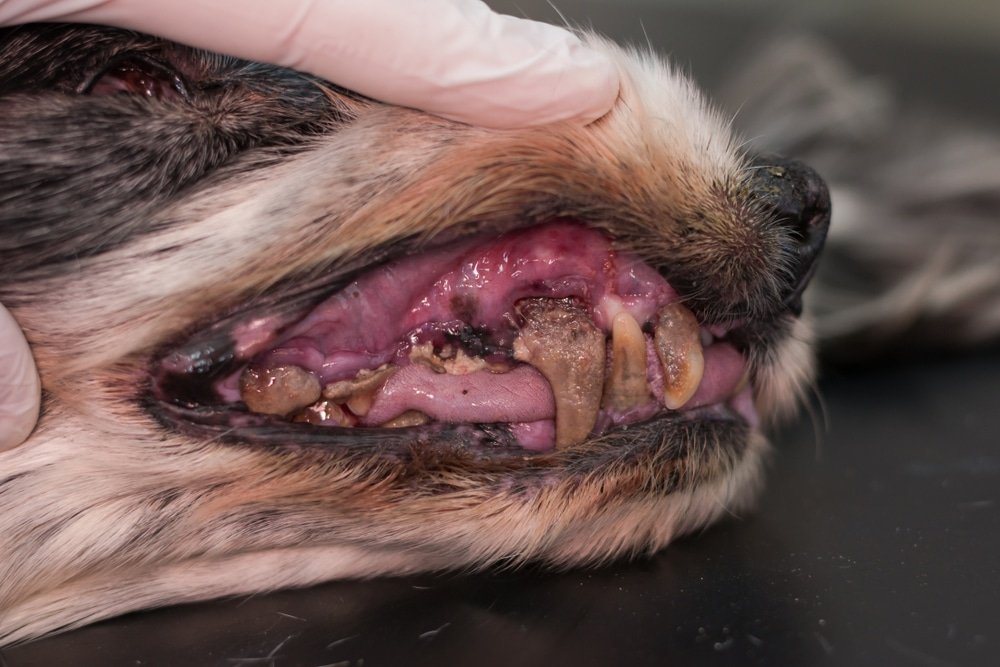
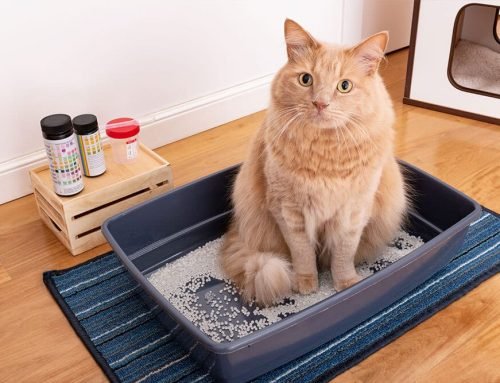
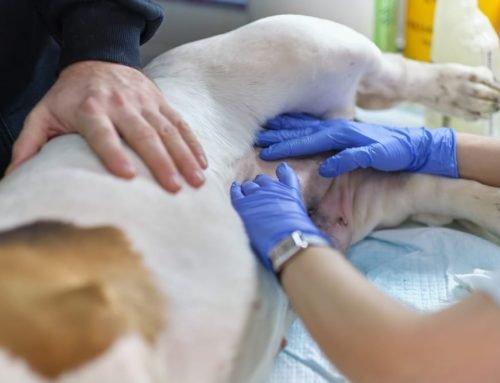
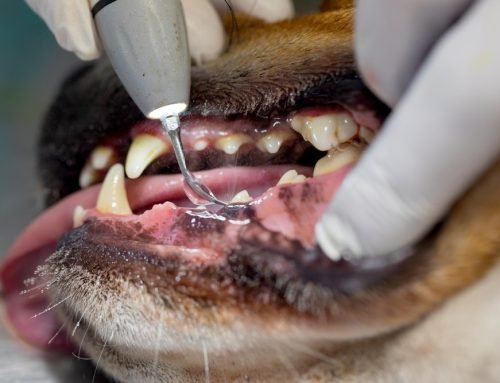
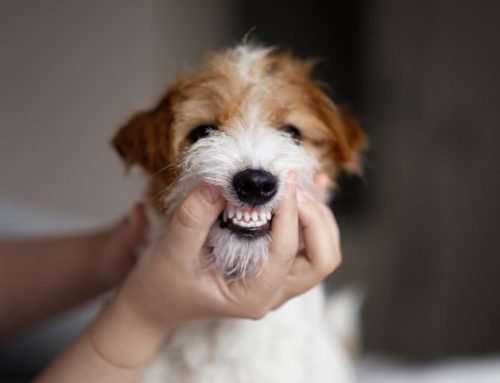

Leave A Comment